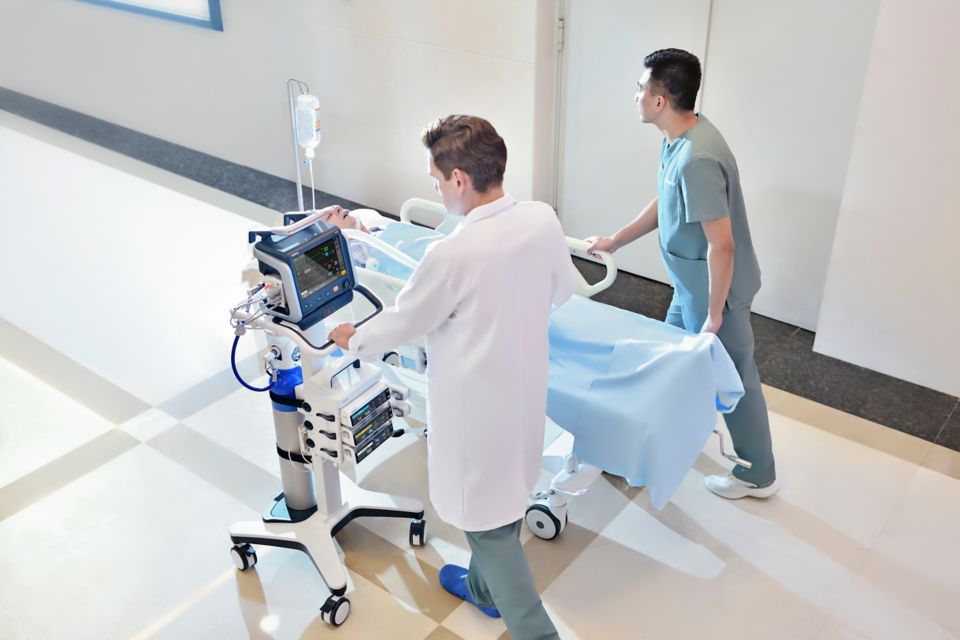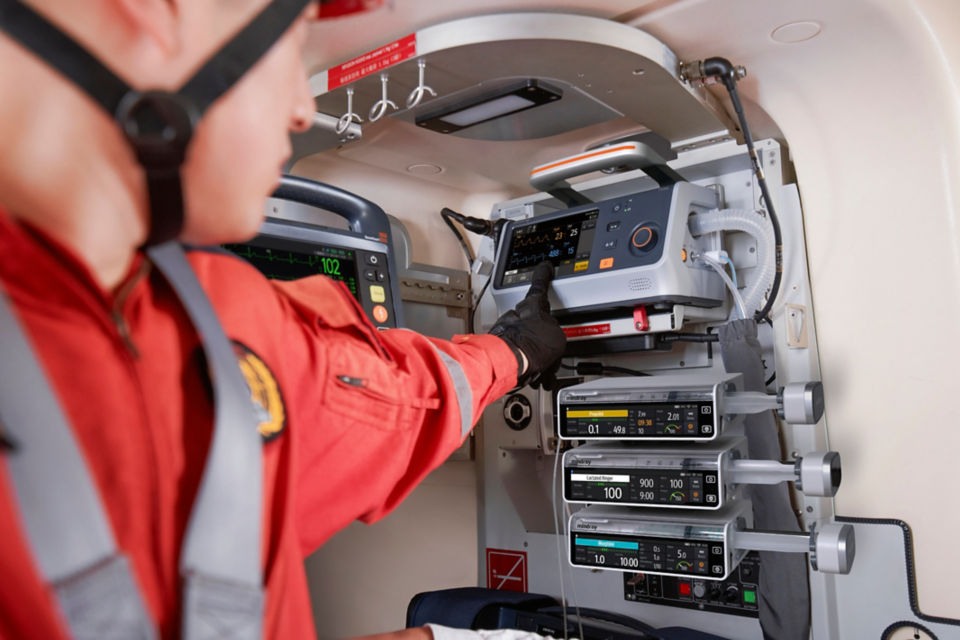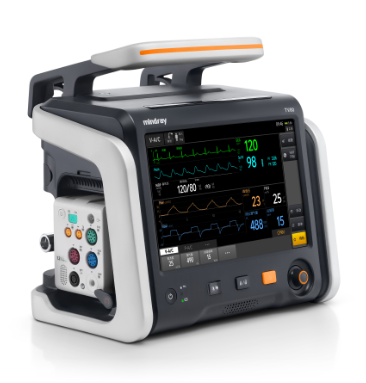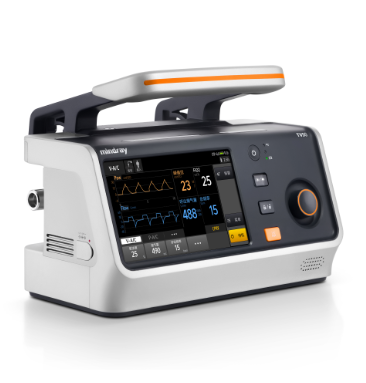When considering the importance of ventilators in respiratory care, it becomes evident that they are indeed the heroes of the field, playing a critical role in saving lives both within and outside the hospital setting. When we pPicture an intensive care unit (ICU), where every breath matters and every detail counts, is where the ICU ventilator shines brightest. They are like a guard that takes care of patients in serious situations and are designed with an array of advanced features which enables enable us to make informed decisions.
But when we shift our gaze to the chaotic world outside the confines of the ICU, Transport transport ventilators are the angels on the move. Amid emergency situations and the hustle of ambulances, the transport ventilator stands out as a reliable companion. Unlike its counterpart in the ICU, the transport ventilator values durability and long-lasting performance over complexity. These rugged warriors are built to weather the storm of transport, braving vibrations, shocks, and ever-changing environmental conditions. With an integrated turbine, they’re capable of operating without the need for a high-pressure gas source.

Ensuring safety is paramount, especially when lives are at stake. Transport ventilators undergo a thorough examination to meet strict regulatory standards and certifications. This ensures they perform effectively in demanding conditions. Certifications for use in ambulances and aircraft, such as EN1789 – Road Ambulance, EN13718-1 – Air Ambulance MIL-STD-461 – US Military Standard are crucial for these ventilators.

Categories of transport ventilators: When we think of scenarios where transport ventilators are used, there exist two distinct categories.
- Intra Hospital Transport Ventilators- With moderate battery life and ICU-grade functionalities, they serve as the bridge between transport and stationary ICU ventilators, ensuring continuity of care with every step. These agile navigators travel across the halls of hospitals, seamlessly transporting patients from one department to other.

- Pre-Hospital Transport Ventilators: On the frontline of emergency response, these lightweight warriors stand ready to answer the call. With extended battery life, tough construction, and the capability to endure the turbulent journey of moving vehicles and aircraft, they personify resilience in the face of uncertainty.
In conclusion, through exploring the role of transport ventilator, we can understand their importance to provide crucial support in the most challenging of circumstances. Their presence ensures that no matter where the journey takes us, the safety and well-being of patients remain our top priority.



